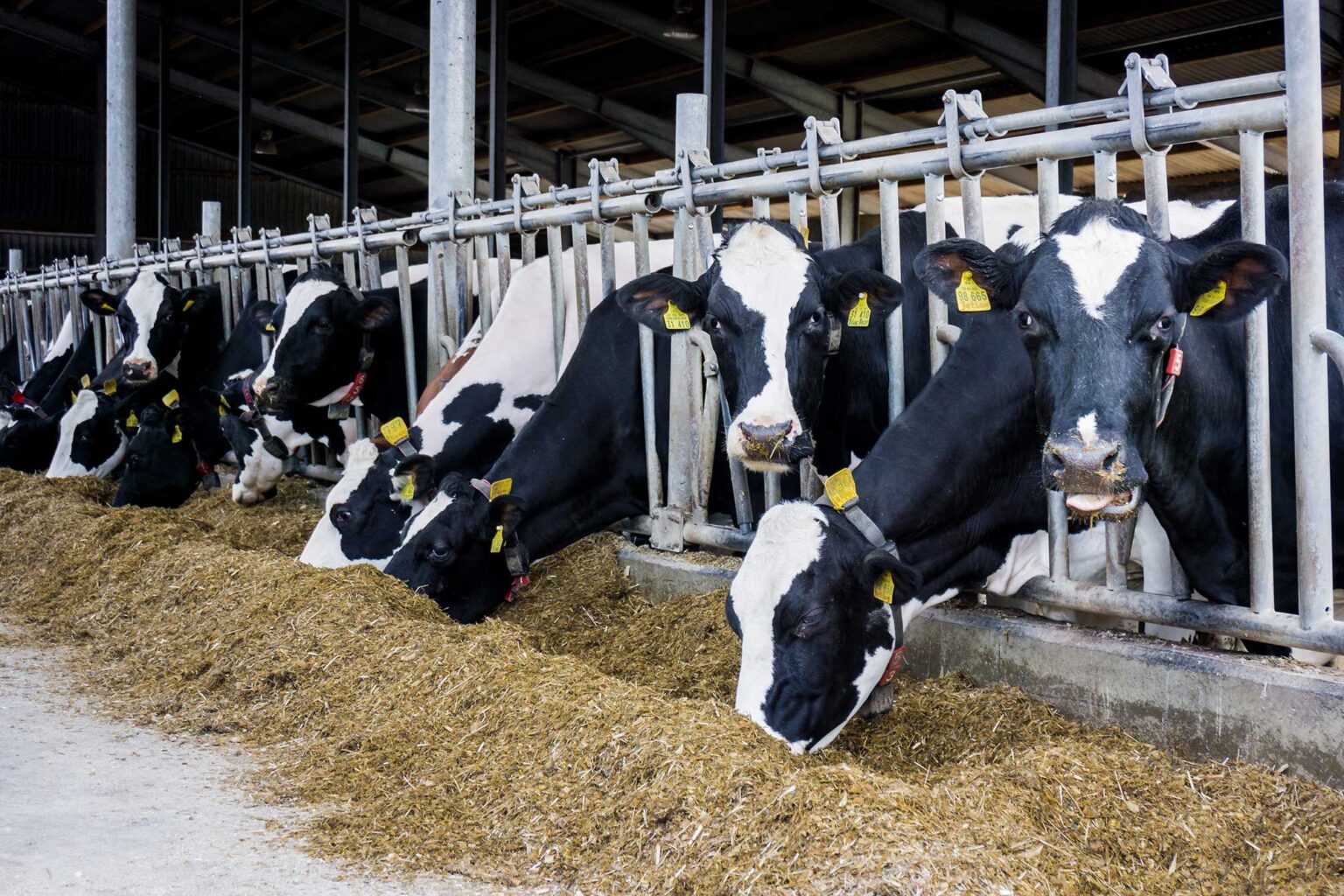Recently, the U.S. Department of Agriculture announced that dairy cows in Nevada have been infected with a new form of bird flu that is distinct from the version that has been spreading through herds over the past year. The Animal and Plant Health Inspection Service National Veterinary Services Laboratories confirmed by whole genome sequence the first detection of highly pathogenic avian influenza H5N1 clade 2.3.4.4b, genotype D1.1 in dairy cattle.
Contrary to at least one major media report that indicated that the announcement of the new strain was made on Wednesday, the USDA actually confirmed the detection last Friday.
This confirmation followed state tracing and investigation after an initial detection on silo testing under the USDA’s National Milk Testing Strategy in Nevada.
USDA APHIS is collaborating with the Nevada Department of Agriculture to conduct further on-farm investigations, testing, and epidemiological assessments to understand this detection and limit disease spread. This is the first time this virus genotype has been identified in dairy cattle, as all previous detections in dairy cattle have been HPAI H5N1 clade 2.3.4.4b, genotype B3.13. Genotype D1.1 has been the predominant strain in North American flyways throughout the past fall and winter, previously identified in wild birds, mammals, and domestic poultry.
The USDA stated that this detection does not alter its HPAI eradication strategy and underscores the effectiveness of the National Milk Testing Strategy. APHIS will publish a technical brief on the findings on its website and post the sequence data on GenBank in the coming week.
“The challenge with this virus is that it may be spread through contaminated clothing worn and equipment shared between animals, but birds carrying the disease can also infect domestic animals and livestock,” said Nevada Department of Agriculture Director J.J. Goicoechea, DVM. “We cannot stress enough how important it is to keep equipment clean, practice good animal health safety practices, and bolster biosecurity measures to prevent the spread of disease.”
The discovery indicates that the virus, known as H5N1, has jumped from birds to cows at least twice, leading to separate infection clusters, and it may continue to do so. This raises concerns about a persistent risk to cattle and people working closely with them. Before last year, scientists were unaware that cows were susceptible to this type of influenza.
“Ensuring the safety of the industry is our utmost priority, and the NDA is working with industry members,” said NDA State Veterinarian Peter Rolfe, DVM. “It is critical that animal health biosecurity practices are enhanced to help prevent the spread of disease and protect animal and worker safety.”
The H5N1 strain B3.13 has already infected more than 950 herds across 16 states, with scientists believing it initially jumped from birds to cows in the Texas Panhandle about a year ago. That event caught scientists off guard, and the new discovery has only heightened their concerns.
The D1.1 strain of H5N1 has also demonstrated its potential danger to humans. Among the 67 Americans known to have contracted H5N1, the only fatality was linked to this strain. The victim, a Louisiana resident over 65 years old, had been caring for sick and dying birds and succumbed to the virus in early January.
In November, a 13-year-old Canadian girl also contracted the D1.1 mutation of the H5N1 virus. While the source of her infection remains uncertain, her only known risk factor was obesity. She developed severe illness, suffered organ failure, and required life support but ultimately recovered.


